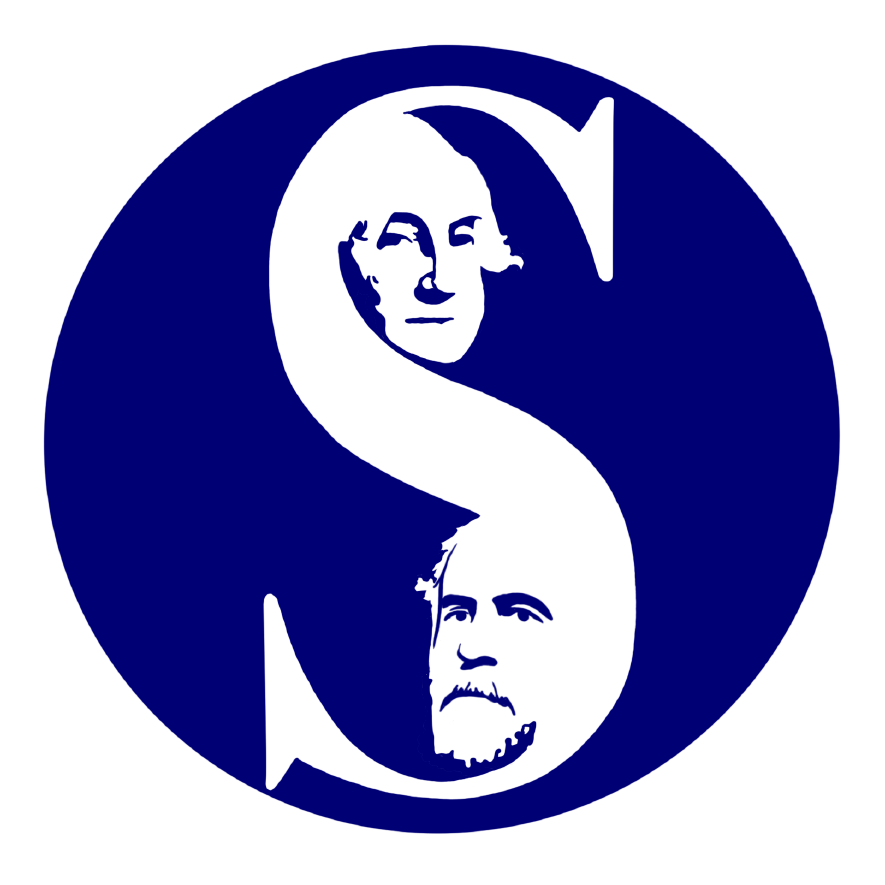Five Years and Waiting: Museums at Washington and Lee
Five Years and Waiting: Museums at Washington and Lee
The tragic closure of Lee Chapel’s museum five years ago should be W&L’s biggest concern.
(A curtain blocks the closed chapel museum. SOURCE: Anonymous)
The recent survey sent out by Washington and Lee University on the new Institutional History Museum asks all the wrong questions. In fact, it focuses on the entirely wrong building.
I’ll skip the obvious concerns about their proposed museum location — which is riddled with operational and aesthetic flaws — and their curricular dilemma: whether Robert E. Lee and the Confederacy will be adequately represented.
The bigger issue is their abhorrent neglect of the most significant museum in Rockbridge County.
Nearly five years ago, Lee Chapel, National Historic Landmark, closed amid the COVID-19 pandemic. The building eventually reopened in 2021—much later than its counterparts, The Reeves Museum of Ceramics and Watson Galleries.
However, some parts of the museum, which attracts some 40,000 tourists a year, remained closed. The previous Museum Director, Lynn Rainville, eradicated the Lee Chapel Gift Shop and purged nearly all books discussing George Washington, Robert E. Lee, and the Civil War from the University Store in Elrod Commons.
But even more egregious was her decision to shut down the large museum gallery underneath the chapel sanctuary. Almost five years have passed since this space has been open to tourists, students, and alumni.
Readers of this article might not even know what I am talking about, and for good reason: W&L policymakers essentially blotted it from existence. And the worst part is, they won’t even explain what’s wrong with the space, other than saying it is “temporarily closed for renovations.”
Rainville once quipped that the museum was “outdated” and needed to be redeveloped.
But the space was curated as recently as 2007. It featured very attractive and informative panels and artifacts that followed “the history of American education through the original colonies through reconstruction and [emphasized] the contributions made to education by Robert E. Lee and George Washington.” There were other panels that took the reader as far as W&L’s decision to coeducate in 1984.




I was fortunate enough to get a very rare and unofficial tour of the space in January 2021, and I was quite impressed with the exhibit. Nothing in it was “outdated.” Even if it was, would five years not be ample time to renovate the space? It only took two years to design from 2005-2007, and the school took only two years to build a wall and remove 20 plaques and 2 portraits from the upper sanctuary from 2021-2023.
The greatest tragedy of all is that the majority of those plaques are simply lying on carts and boxes in that basement gallery, hidden from public view. In fact, staff became so worried about people seeing this secret gallery that last year they erected a partition in front of the two doorways, blocking even a peek into the closed museum.
No less deceitful, a prominent sign on the back of the new antechamber wall says “Chapel Galleries in Development.” A 2022 proposal for the wall — which failed for “life-safety concerns” — indicated that the removed plaques would be on the back of that wall.
However, when The Spectator interviewed the new Museum Director, Matt Davis, in September, he declined to comment on the matter. There are no public directives from the university indicating they will be installed anytime soon.
As for that basement gallery, he said, “Our plans for University Chapel at this point are to evaluate those spaces, and we will be doing some work to try to move towards reopening those spaces as soon as I can get a team in place and get an assessment of the collections in there.”
So this begs the question: why bother sending out a survey on the so-called Institutional History Museum, when Davis and the Board of Trustees haven’t done anything to reopen the museum in the basement of Lee Chapel?
Either the administration has its priorities all mixed up, or they are intentionally hiding institutional history from 40,000 people who want to learn.
So before you give your feedback on a new museum, consider suggesting that they reopen the greatest and most historic one we have first.




